

One of the jobs least relished by early-stage founders is the business plan. This essential document is the roadmap for the coming three to five years; but sometimes bringing it all together can feel like an insurmountable task.
In this blog, we’ll break down the elements of your business plan and show you why it’s easier to create than you might think.
A plan of two interconnected halves
A business plan has two distinct but complementary elements: the forecasts (your quantitative elements) and the narrative (your qualitative elements). The first is mostly composed of tables and graphs, the second is where you will explain your thinking.
The forecasts portion typically includes:
- Financial projections (3-5 years)
- Cash flow analysis
- Funding requirements
- Key metrics and milestones
- Market size calculations
The narrative portion covers topics such as:
- Your value proposition and market opportunity (including export potential)
- Business model and go-to-market strategy
- Team capabilities and structure
- Competitive analysis (both domestic Irish competition and international players)
- Marketing strategy
- Operations and scalability plans
How to prepare the financial projections part of your plan
You don’t need to be a financial expert to create credible forecasts. Begin with what you can control – your costs – as these are typically more predictable and concrete than revenue projections.
Calculate your costs
List predictable, fixed costs like office rent, employee salaries, software subscriptions, and insurance. Then consider your variable costs – those that are going to change based on your business activity. For a product business, this might be manufacturing and shipping costs per unit. For a service business, it could be contractor rates or commission structures.
Don’t forget to account for the one-off startup costs that you’ll need to get going – everything from initial equipment to legal services to your first marketing campaign. This exercise helps you understand how much investment you’ll need before you even make your first sale.
Calculate your revenues
Revenue projections are a little trickier, but don’t simply pick a number out of thin air (x percent of the market, for example). Smart founders work backwards more methodically. Start by researching your total addressable market size, then build realistic scenarios for how much of that market you could capture.
Break this down month by month for the first year, considering factors like seasonality and the decision-making process. Then project forward annually, creating conservative, moderate, and optimistic scenarios. Each figure should be backed by clear assumptions that you can explain and defend. Why do you expect to acquire 100 customers in month three? How did you arrive at your pricing structure? What drives your assumption about customer retention rates?
Remember that projections are, by definition, guesses. You’re predicting the future here, so your goal is to demonstrate thoughtful, logical planning rather than clairvoyance. To help you arrive at realistic projections, consider working with a financial expert who has knowledge of your business model and sector. You can find your own accountant or fractional CFO for this or get some time with a Local Enterprise Office mentor.
Identify metrics and milestones
As you build out the revenue and cost projections, important milestones and metrics will naturally emerge from your planning process. When you map out your customer growth, you’ll see at what point revenue will cover your monthly costs. That’s your break-even milestone.
As you calculate your marketing spend and expected customer sign-ups, you’ll uncover your customer acquisition cost. While forecasting revenue, patterns in customer behaviour will help you estimate lifetime value and churn rates. Your hiring plan will reveal key moments when you need to expand the team, while your market expansion timeline will highlight when you need additional funding.
These metrics and milestones aren’t arbitrary targets – they’re the story of your business growth told through numbers and will emerge organically as you think about how your business will evolve.
How to prepare the narrative part of your plan
It’s now time to write the narrative part of your business plan. Before you run for the hills, remember that all you’re trying to do is tell the story of your business in a structured way. By this point, you’ve prepared your projections and you’ve done your research (business model, competitor analysis, market validation, etc.) so it is simply a matter of getting this information written down.
You can start with a template like this one offered by the LEO to give you a sense of what to include – although you may need to add sections or move things around. That’s fine, because there is no right or wrong way to structure your narrative.
The writing process
The biggest mistake new founders make is to let this writing process stretch out indefinitely, agonising over every word and punctuation mark as though they are writing a novel. Don’t get too bogged down in the detail – your mission here is to paint the broad brushstrokes of the business and make it clear that you have thought through your decisions rather than detail every tiny task you anticipate.
Give yourself two days to complete this task – one day to get your thoughts down on the page and one day to tidy it up and ensure there is nothing missing. Block these two days off in your calendar (with a short reflection time between them) and don’t allow any meetings or distractions to interrupt your flow.
There are a couple of reasons not to let your writing time run into the weeks or months. The first is that a business plan not static but a living document – one you should refer to regularly and update as your business evolves. The second is that every funding organisation or support agency you work with will have their own template for you to use – meaning your carefully crafted plan will need to be regularly reworked into a variety of formats.
What to include in your plan
The narrative should clearly articulate your vision, the problem you’re solving, and why your solution is compelling. This is essential for potential investors or partners but also for your own clarity, ensuring that every decision aligns with your core purpose. Discuss the market opportunity, demonstrating a solid understanding of industry trends, customer needs, and how your business is positioned to succeed. A strong market analysis demonstrates that you understand your industry, target customers, and competitors, showing where your business fits and how it can gain traction.
Your business model and operational strategy should outline how you will create, deliver, and capture value. This includes revenue streams, pricing strategies, and the logistics of running your business day to day. A well-developed marketing and sales strategy will explain how you intend to attract, convert, and retain customers, covering everything from brand positioning to distribution channels. You should also define your team structure, key roles, and any expertise gaps you need to fill.
While financials are covered in your projections, your narrative should provide context by explaining the rationale behind your funding needs and how investment will drive business growth. For instance, if your projections include €30,000 allocated to marketing, your narrative should explain why this amount is needed and how it will be used to drive growth (how the sum breaks down into actions and what results you expect).
What not to include in your plan
A business plan must be easily digestible. Don’t include unnecessary fluff or overly detailed explanations that won’t add strategic value. Avoid generic statements about industry potential without linking them to your specific opportunity. Company histories or personal backgrounds should be kept to the elements that directly impact the business strategy. You also don’t need excessive technical detail – stay focused on how you solve the problem, rather than getting lost in minor specifications.
Complex financial projections or deep accounting breakdowns belong in your financial section, not the narrative. Similarly, operational details that are too granular (like day-to-day task lists or minor logistics) can be left out unless they’re critical to your business model. You should also avoid rigid long-term plans that assume nothing will change; flexibility is key for a startup!
Depending on the complexity of the business and the level of detail required, 1,500 to 3,000 words is enough for a standard plan. Don’t pad the document with jargon, buzzwords, or unnecessary appendices – stay sharp, concise, and actionable. It can take around 20 minutes to read 3,000 words, so keeping your plan under control is a way to respect your reader’s time and ensure they retain the key information you want to communicate.
If you can see your business plan as an incredibly useful tool rather than an obstacle to overcome, you’ll be more likely to revisit, refine, and use it to guide your decisions, keep your strategy on track, and secure the support you need to grow your business.
About the author
 Scarlet Bierman
Scarlet Bierman
Scarlet Bierman is a content consultant, commissioned by Enterprise Ireland to fulfil the role of Editor of the New Frontiers website. She is an expert in designing and executing ethical marketing strategies and passionate about helping businesses to develop a quality online presence.
 Scarlet Bierman
Scarlet Bierman









 3. Building grit
3. Building grit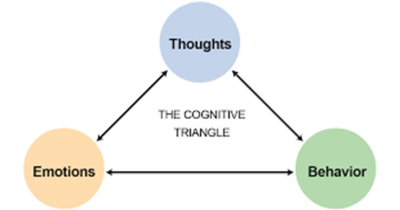 By nurturing your emotional health through physical activity, you develop the resilience needed to navigate the emotional highs and lows of start-up life with grace and resilience.
By nurturing your emotional health through physical activity, you develop the resilience needed to navigate the emotional highs and lows of start-up life with grace and resilience. Johnn Barron
Johnn Barron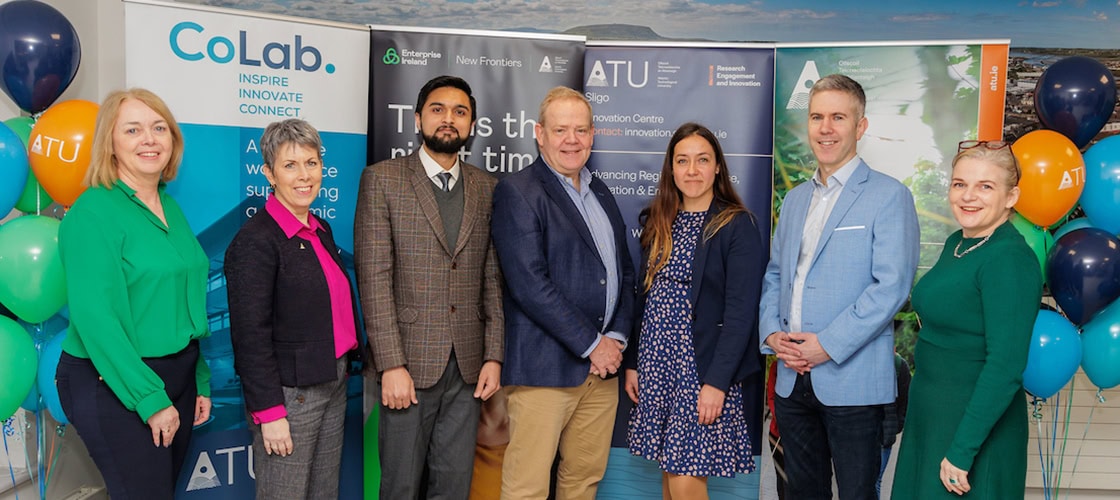






 About Gianni Matera
About Gianni Matera











 Lauren and Bidemi met while completing degrees in pharmacy. In fact, they had an idea for a different promotion startup before having the lightbulb moment that led to developing the ProMotion Rewards app.
Lauren and Bidemi met while completing degrees in pharmacy. In fact, they had an idea for a different promotion startup before having the lightbulb moment that led to developing the ProMotion Rewards app.
 The innovator mindset
The innovator mindset










 Pierce Dargan
Pierce Dargan


 Finn Murphy
Finn Murphy


 Orla Donohoe
Orla Donohoe


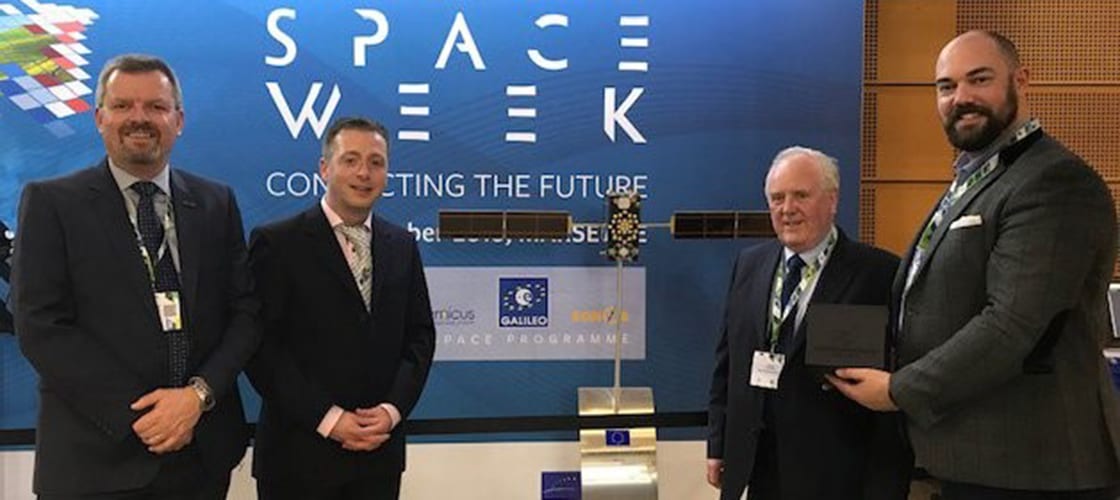


 The customer-focused development process which was originally developed by
The customer-focused development process which was originally developed by  Dara Burke
Dara Burke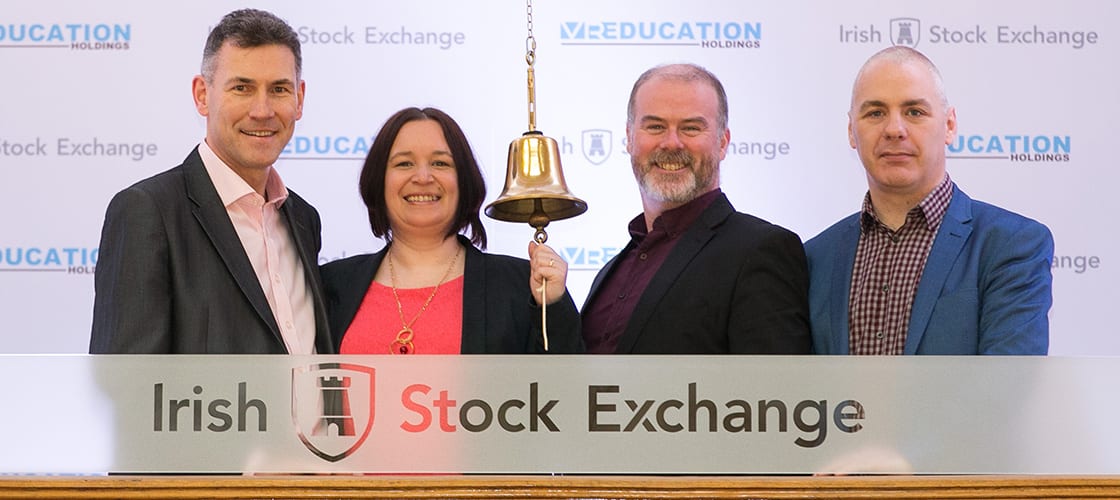




















 So what? Who cares? Why you?
So what? Who cares? Why you? Garrett Duffy
Garrett Duffy




 Dominic Mullan
Dominic Mullan
 Alan Costello
Alan Costello
 Nicola McDonnell
Nicola McDonnell





 Rachel Hanna
Rachel Hanna



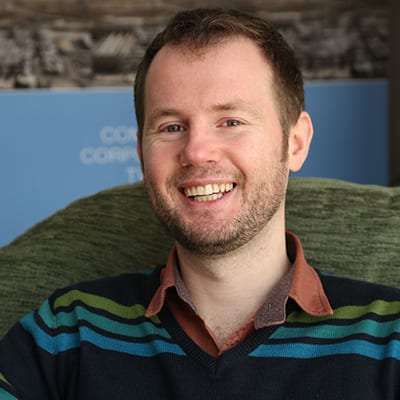 Ray Mongey
Ray Mongey



 Gail Condon
Gail Condon


